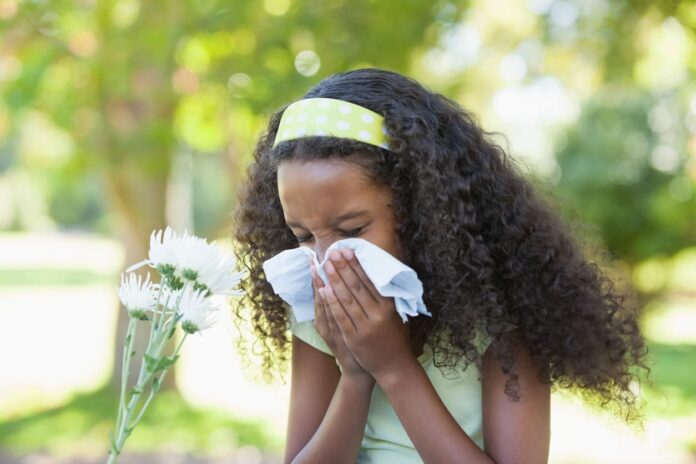Spring season isn’t the only time people tend to get affected by hay fever. There are lots of summer plants that also tend to release pollen which in turn results to allergies in most people. Gardeners do not only suffer from summer pollen but they are likely to contact allergies as well. In this article we would be talking about ways on dealing with summer pollen plants, the common allergies that are caused by these plants and ways by which gardeners can adopt in minimizing their effects.
Interesting Read – Why Birds Dig Up Lawns
Dealing With Summer Pollen Plants
Itchy and weepy eyes, headache, runny nose and a stuffy head are the common symptoms one can use in identifying these summer allergies but the truth is, summer allergies should not have a say or even try to ruin your vacation. The best step that anyone or any gardener can take is being able to identify these plants so you can be able to stay away from them and catch your fun. Most of these plants which cause these allergies are likely to found inside ditches, abandoned spaces and fields.
What this simply means is that those people who are sensitive also need to stay away from such places and abandoned spaces, fields and ditches are likely to play host to the plants listed below;

- Ryegrass
- Ragweed
- Pigweed
- Timothy Grass
- Lambsquarter
- Sorrel
- Plantain
- Dock
- Cocklebur
Larger trees are also good spreaders of pollen too. This spreading of pollen in trees tends to happen when it is flowering and you can find such situations in pastures, woods and also in orchards. Some of the trees which are suspected to spread allergies includes;
- Mountain Cedar
- Elm
- Maple
- Mulberry
- Cypress
- Pecan
- Oak
Trendy Post – Protecting Container Plants From Animals
Summer Allergy Plants Found In Gardens
Just like we all know, plants that tends to produce flowers are majorly the ones that spread these allergies and it can either be the scent or the pollen itself that tends to tickle your nose. Some of these plants includes;

- Chamomile
- Amaranth
- Goldenrod
- Daisies
- Chrysanthemum
- Stock Flowers
- Purple Coneflowers
- Lavender
Furthermore, it isn’t just the bloomers that tends to spread these allergies as well, ornamental grasses are quite familiar landscape plants which can be easily taken care of, are resilient and in several cases, can be resistant to drought. Turf grasses can be culprits as well as some examples includes;
- Sweet Vernal
- Bentgrass
- Bermuda Grass
- Fescue
- Sedge
Several landscape features can either be smaller shrubs, trees and bushes and out of all these, some common plants that tends to cause these allergies includes;
- Hydrangea
- Privet
- Wormwood
- Wisteria
- Juniper
- Japanese Cedar
How To Prevent Summer Allergies
There are lots of things that you can engage in this summer period without having to feel sick or miserable. They are;

- Making use of a face mask each time you have to mow or move furniture that might displace pollen
- Taking walks between the hours of 5am to 10am because pollen are at their lowest at that time range
- If you have been exposed to plants or have spent time outside, take a shower
- Make use of allergy medicines if you spend up to thirty minutes outside so it can kill their effect
- Having HEPA filter in your home so you can get rid of tiny particles and rest easily
- Rinsing of patio furniture to get rid of allergens
- Make sure that clothes are dried inside dryer and not outside where they can get exposed to pollen
The combination of good hygiene and paying attention to your environment is one of the best ways that anyone can get to enjoy spending time outdoors and also dealing with the problems that comes with summer allergies.
Related Post – How To Use Soil Drenches In Gardens







